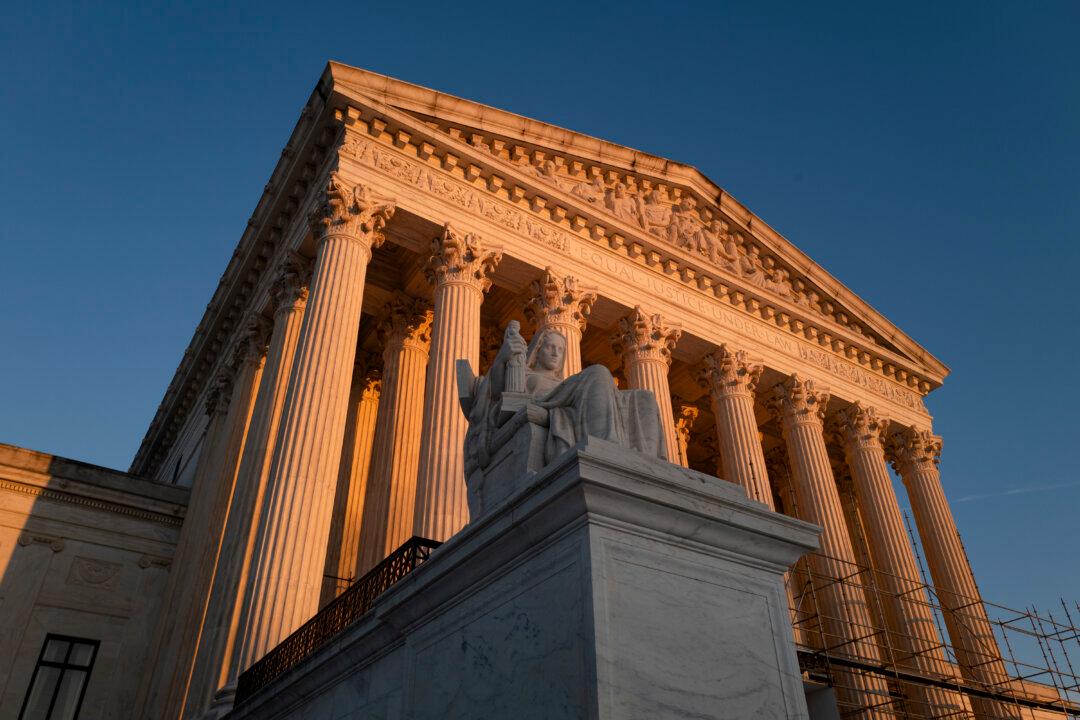The White House has named the veterinary tranquilizer xylazine as an “emerging threat” when it’s mixed with the powerful opioid fentanyl, noting that the combination is increasingly being used and triggering overdoses.
The decision to name the drug as such, announced on April 12, is the first time in U.S. history that the federal government declared a substance to be an emerging threat, according to a statement from Dr. Rahul Gupta, director of the Office of National Drug Control Policy.
The Food and Drug Administration (FDA) approved xylazine for veterinary use more than 50 years ago, primarily used for sedation, anesthesia, muscle relaxation, and analgesia in horses, cows, cats, and other mammals. However, it’s never been approved for human use.
Known as “tranq,” xylazine was found to be connected to about 800 drug deaths in the United States in 2020. By 2021, it was present in more than 3,000 fatalities, according to a report released last year from the Drug Enforcement Administration (DEA). The drug causes breathing and heart rates to slow down, sometimes to deadly levels, and causes skin abscesses and ulcers that can require amputation, leading some media outlets to describe it as a “zombie drug.”
Gupta told The Associated Press his office is requesting $11 million as part of its budget to develop a strategy to tackle the drug’s spread. Plans include developing an antidote, learning more about and disrupting its introduction into illicit drug supplies, and looking into whether Congress should classify it as a controlled substance.
But Gupta told news outlets that the drug needs to be available for veterinary uses even amid crackdowns on the supply used by people. He also said systems to detect the drug and data about where it’s being used need to be improved.
Most of the deaths were linked to fentanyl and other synthetic opioids. Like xylazine, they’re often added to other drugs—and users don’t always know they’re getting them.
“Xylazine and fentanyl drug mixtures place users at a higher risk of suffering a fatal drug poisoning,” the agency stated. “Because xylazine is not an opioid, naloxone (Narcan) does not reverse its effects. Still, experts always recommend administering naloxone if someone might be suffering a drug poisoning.”
The agency noted that the Sinaloa Cartel and Jalisco Cartel in Mexico “are primarily responsible for the vast majority of the fentanyl that is being trafficked in communities across the United States.”
In a recent report about the drug, the DEA stated that xylazine is cheap and is used as an adulterant by drug dealers and traffickers to increase their profits on fentanyl and heroin sales. The agency noted that although some people may actively seek out the drug, many opioid users aren’t aware of its presence.
“Xylazine is one of the contaminants in fentanyl, but there could be others,” Gupta also told CNN on April 12. “So, I think with the declaration of an emerging threat, we’re sending a clear message to producers and traffickers of illicit xylazine and illicit fentanyl that we’re going to respond quicker, we’re going to match the challenge of evolution of these drugs’ supply, and that we’re going to protect lives first and foremost.”





